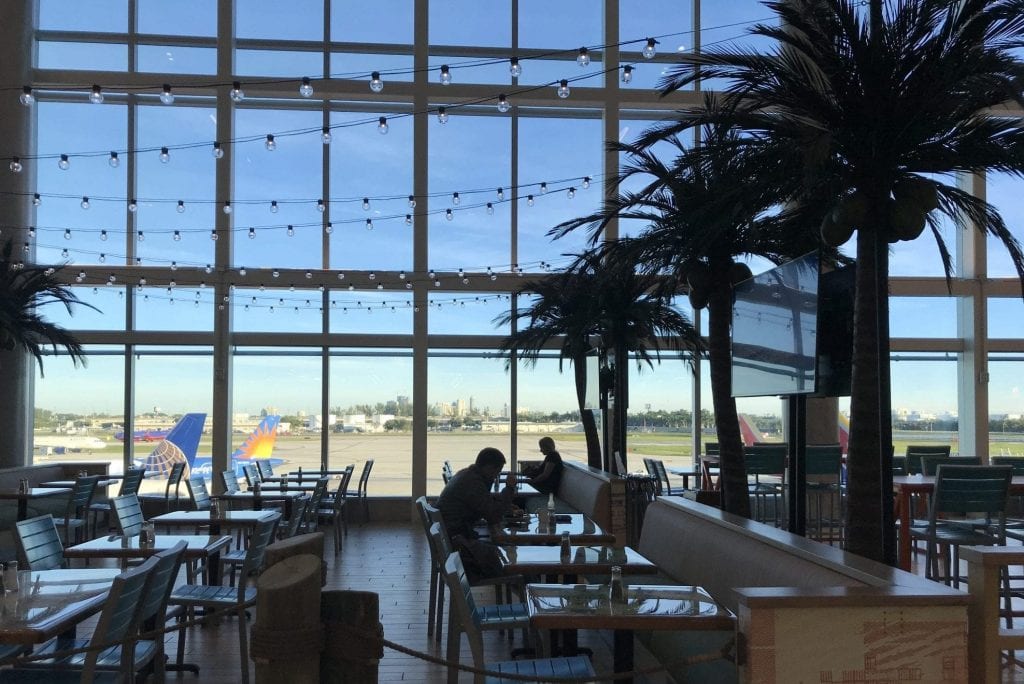Why Airlines Can't Get Enough of the Sunshine State

Skift Take
Florida is a giant market for U.S. and even some non-U.S. airlines, with tourism, population, and economy all growing. But for some carriers, it’s a chief determinant of their financial performance.
In 1980, just as the U.S. airline industry was deregulating, Florida was the country’s seventh most populous state, with about 10 million people. Today, with 20 million people, it ranks No. 3, behind only California and Texas and slightly ahead of New York.
Last year, Florida welcomed a record 117 million visitors, including 14 million from outside the U.S. This helped the state’s economy surpass $1trillion in gross domestic product, larger than the economies of Switzerland, Saudia Arabia, or Argentina. The state’s 18 major airports handled 87 million passengers. Is Florida an important market for airlines? Better believe it.
Consider the world’s largest airline, American. More than a fifth of its seats touch Florida, according to Diio Mi schedule data, with no indication of any strategic desire to lower that figure. American, of course, has one of its primary hubs in Miami, the state’s busiest airport measured by flights if not seats—Orlando’s seat capacity is a bit higher. Miami is the foundation for American’s industry-leading presence in Latin America and the Caribbean, capitalizing on the city’s large immigrant population and status as a base for companies doing business in Latin America.
For American, Miami’s giant tourism sector is a secondary driver of traffic. Florida, in general, grew in importance to American when it merged with US Airways, a carrier whose Charlotte hub was a top gateway for northeastern and midwestern tourists flying to Florida. Today, American continues to grow its Florida footprint, adding new Caribbean destinations and frequencies from Miami this winter, while perhaps plotting further expansion as a new U.S.-Brazil open skies agreement takes effect, and as LATAM becomes a joint venture partner. Miami, to be clear, lost some of its strength for American during the Brazilian recession, the collapse of Venezuela’s economy and other setbacks in the region. But trends have stabilized.
With larger transatlantic and transpacific networks anchored at hubs elsewhere in the country, Delta doesn’t depend as much on Florida as American. But with about 12 percent of its systemwide seat capacity touching the state, it’s hardly unimportant. Delta doesn’t have a hub in Florida, but A
